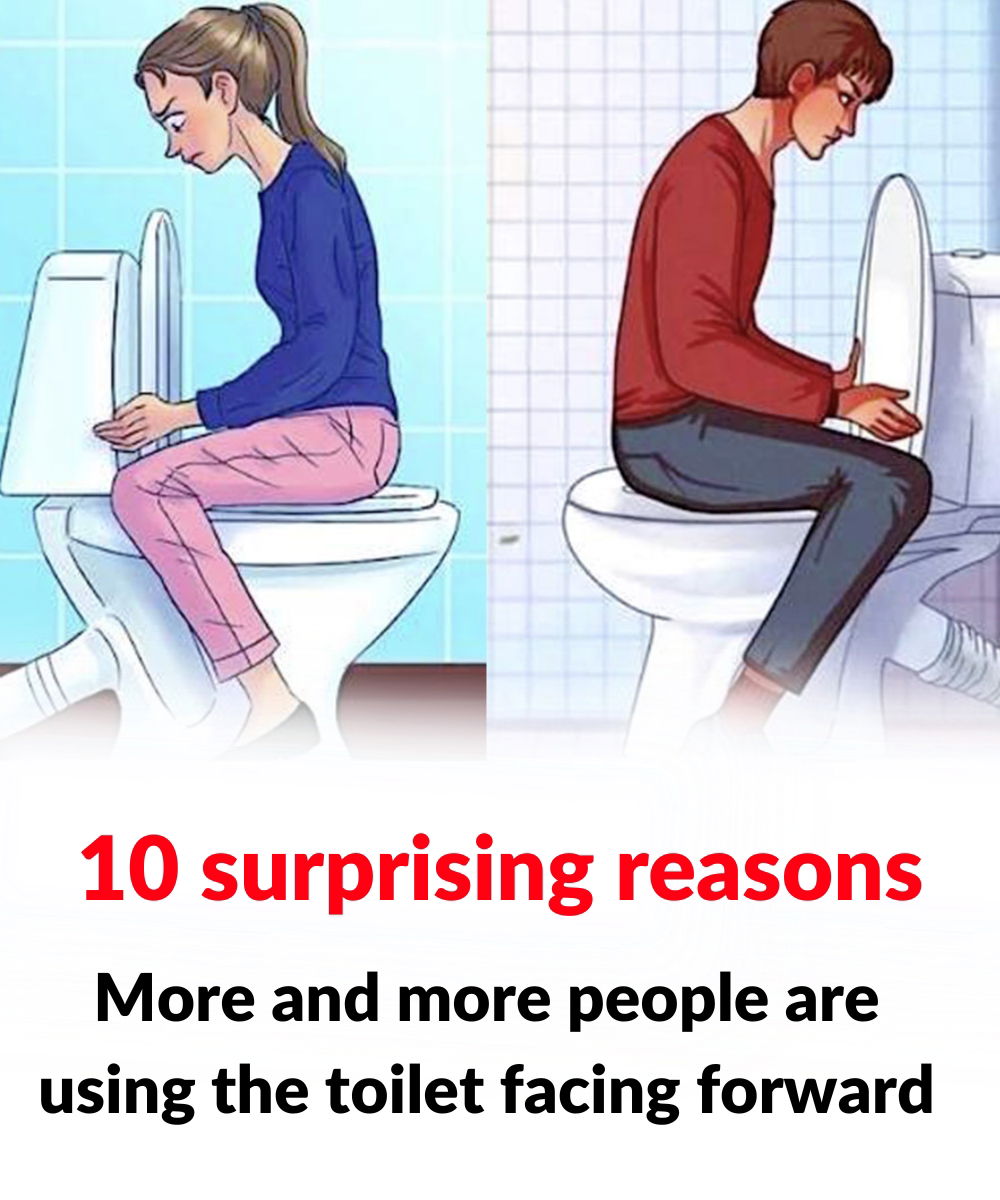
Most of us use the toilet in the traditional way, with our backs to the tank. However, some people choose to sit facing forward, facing the flush. This habit may seem different, but it’s more popular than you might think.
10 Surprising Reasons
Better position for people with weakened mobility
Some people, especially those with chronic pain or joint problems ( arthritis, injuries, disabilities ), choose this posture more convenient. Sitting in the traditional way can be difficult, whereas facing forward helps them lean on the tank and limit painful movement .
Less pressure on the back and joints
Simply changing your position can enhance comfort and lessen pressure on your spine and knees. This posture allows for a more natural body alignment , which is especially useful for people with lower back pain or muscle tension .
More stability and balance
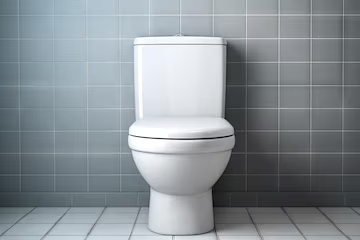
People dealing with balance problems may feel safer sitting facing forward. The tank then acts as an additional support point, weakening the risk of tipping or falling, especially among the elderly.
Cultural norms and family habits
In some cultures, sitting facing forward is more common, whether for reasons of upbringing or accessibility. Habits built in childhood affect how one uses the toilet as an adult.
Adaptation to modern toilets
In some countries, raised or elderly-friendly toilets make this position easier, making it more popular practice .
Help for gastrointestinal disorders
Sitting facing forward boosts optimal posture for elimination, lessening the effort required to go to the toilet. This posture may be useful for people dealing with constipation or digestive disorders.
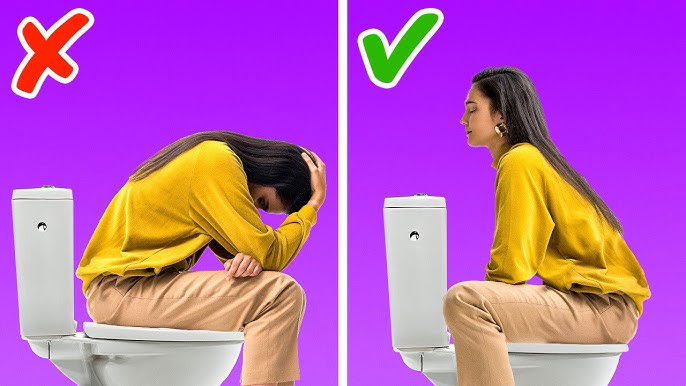
A posture that facilitates bladder emptying
For some people with urinary problems, this position can help empty the bladder better , weakening the risk of urinary tract infections .
Less contact with the bowl
Sitting facing forward avoids resting your thighs on the front part of the seat, which is often in contact with other users.
Better space management
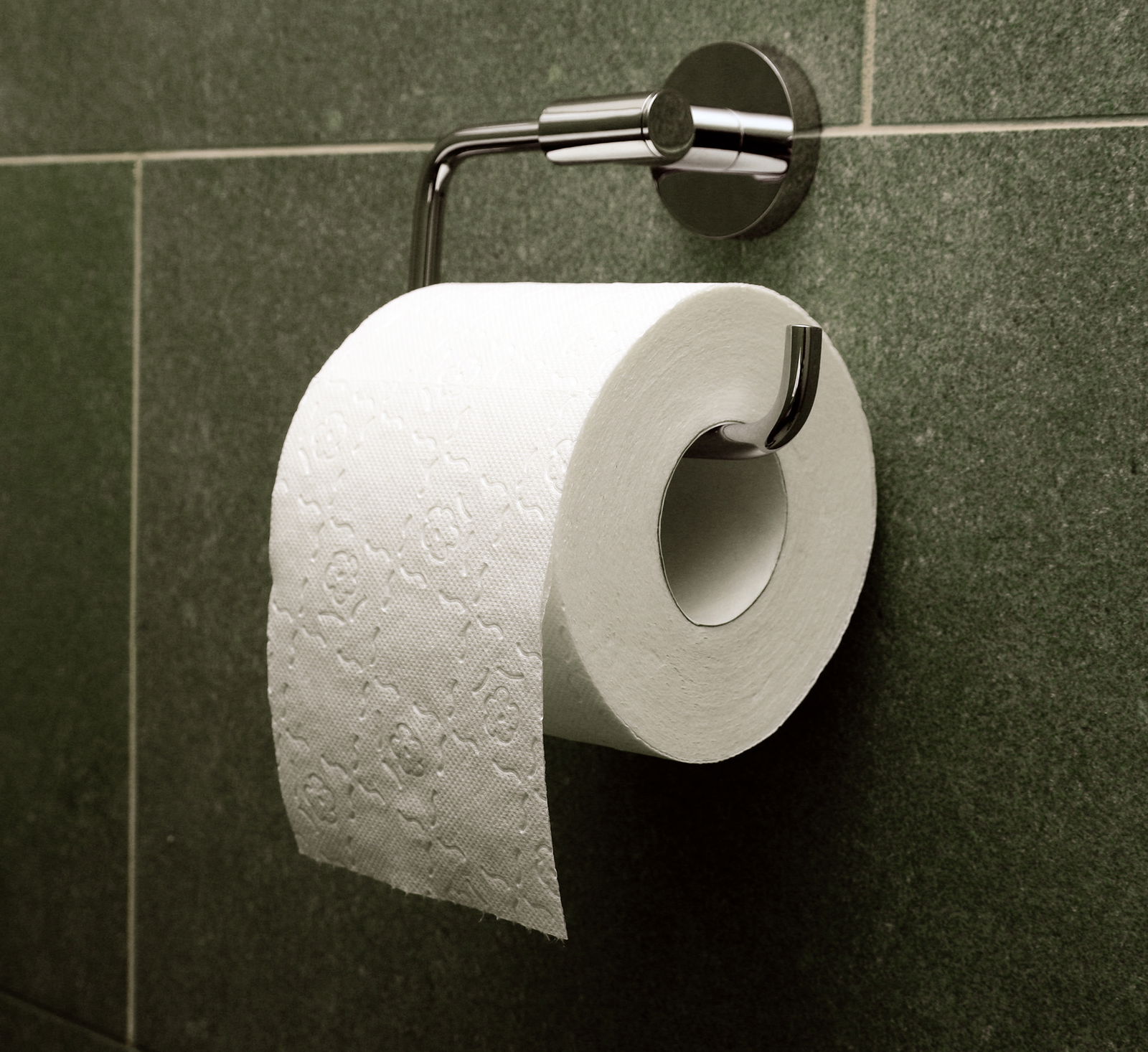
This posture aids the use of hygienic protection (toilet paper, disposable seat protectors), allowing you to use a cleaner and more controlled posture .
Increased hygiene for certain people
For people with weakened mobility, this posture helps access to hygiene products (toilet paper, wipes), without demanding uncomfortable contortions.
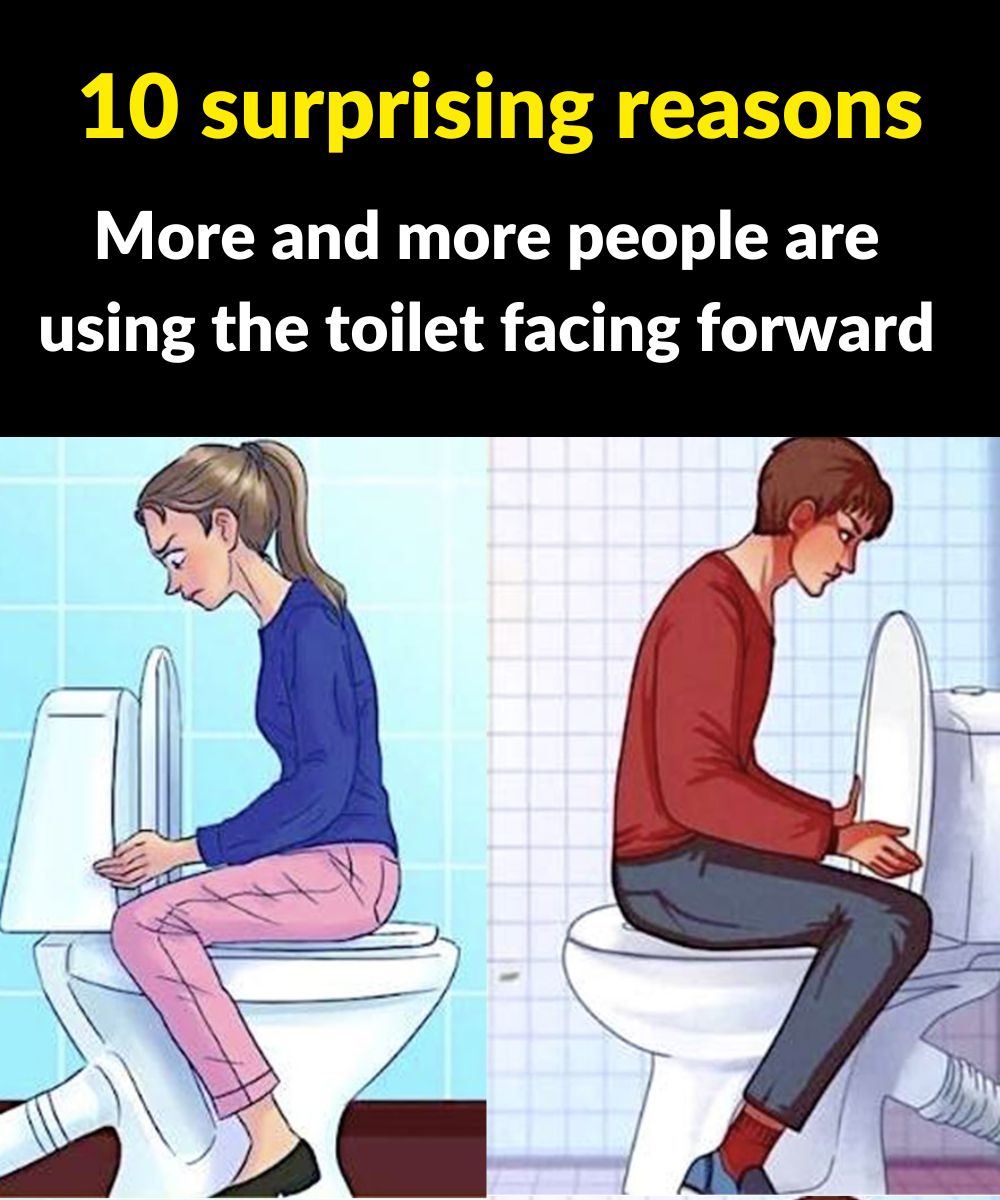
5 Signs Your Heart Is in Serious Dan.ger
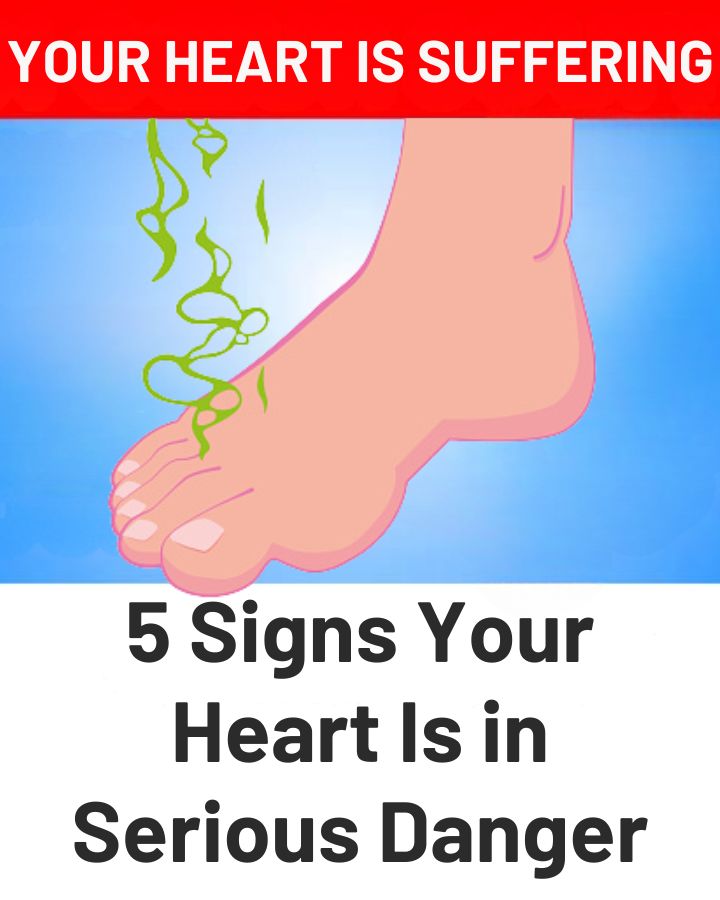
Heart disease remains the leading cause of death worldwide, and it’s essential to pay attention to the signs your body may be exhibiting. Here are 5 visible indicators that could suggest your heart isn’t healthy. Take the time to learn about them and understand what they mean so you can take appropriate preventative measures.
1. Frank’s Sign
One of the often overlooked but potentially telling signs is the diagonal crease on the ears, known as the “Frank sign”. This diagonal line running from the top to the bottom of the ear may indicate a blockage of the coronary arteries.
Medical studies have shown a link between this fold and heart artery problems. Watching for this sign could prevent future heart problems.
However, it’s worth noting that not everyone with this marker has an arterial obstruction. Out of 100 people with this fold, about 70 could be experiencing a serious arterial obstruction. If you notice this fold before your forties, be especially vigilant.
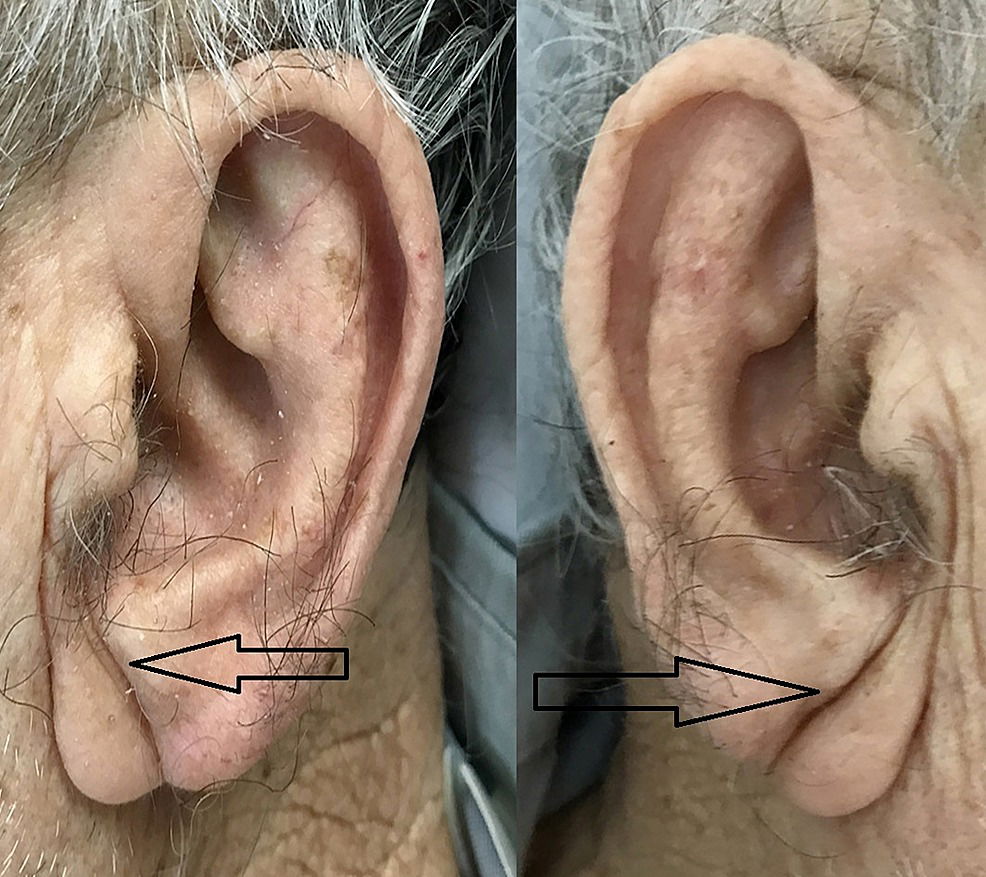
2. Hair Loss on Legs
If you notice hair loss on your legs, it could indicate peripheral arterial disease (PAD). PAD is similar to a buildup of plaque in the arteries of the legs, restricting blood flow.
A lack of sufficient nutrients and oxygen can lead to hair loss. While hair loss alone isn’t a cause for concern, it could be one of the first signs of a more serious problem. It’s advisable to consult your doctor to assess your blood circulation.
3. Xanthelasmas
Xanthelasmas appear as yellow patches around the eyes, primarily on the upper eyelids. This can be a sign of high cholesterol. The accumulation of these patches could indicate an increased risk of heart disease.
If you notice these marks, it is prudent to inform your doctor to check your cholesterol levels and assess the condition of your heart.
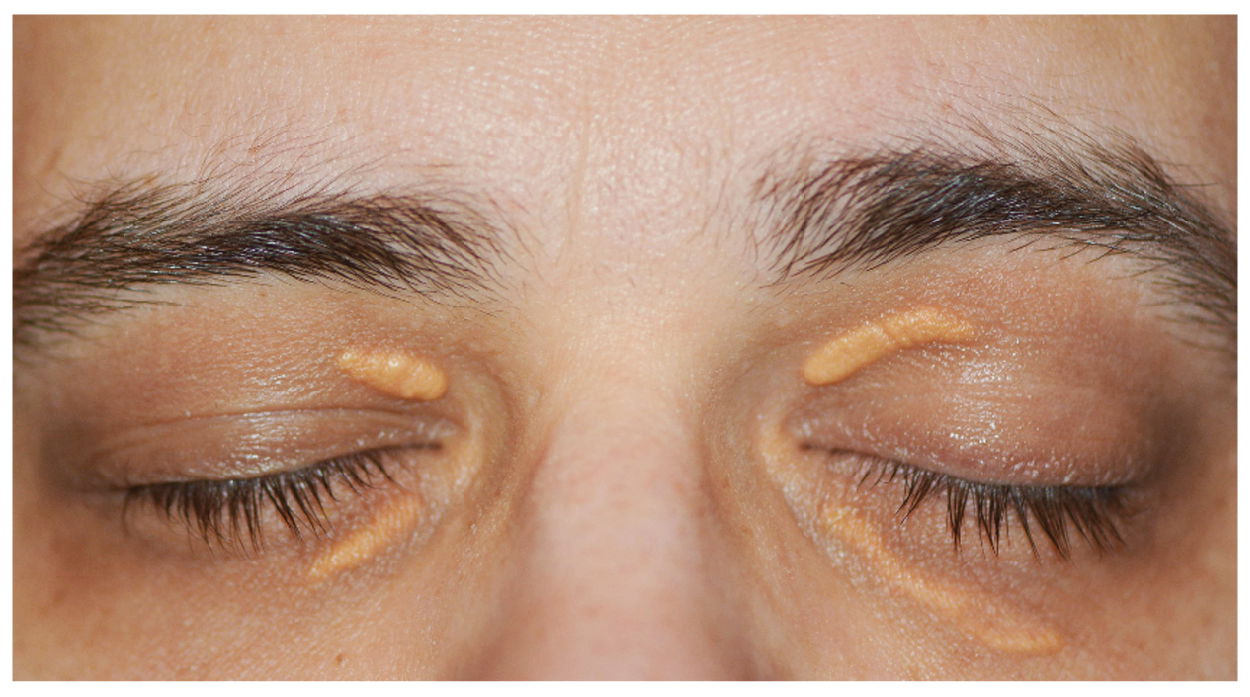
4. Senile Arch
Arcus senile is a deposit that forms on the edge of the cornea, often seen in older people. However, its presence in younger people may indicate severe dyslipidemia, that is, unstable levels of fat in the blood.
Note this sign and consult a specialist if you notice this arch before old age.
5. Cutaneous Cyanosis
Cyanosis occurs when the skin takes on a bluish or purple tint due to low blood oxygenation. It can be localized to the lips, fingers, or the skin in general. It can signal a heart or lung problem.
Don’t ignore this sign and consult your doctor. Different types of cyanosis, central or peripheral, indicate lung or heart problems.
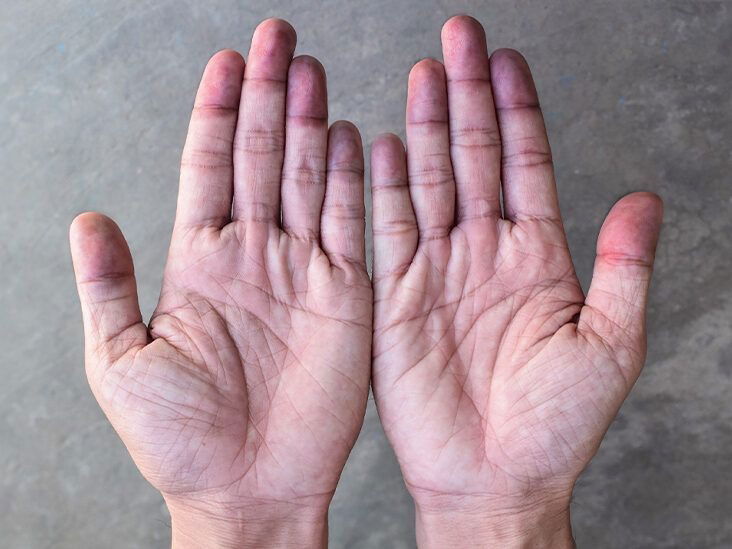
If you or someone you know is experiencing these signs, it is crucial to seek professional medical advice.
